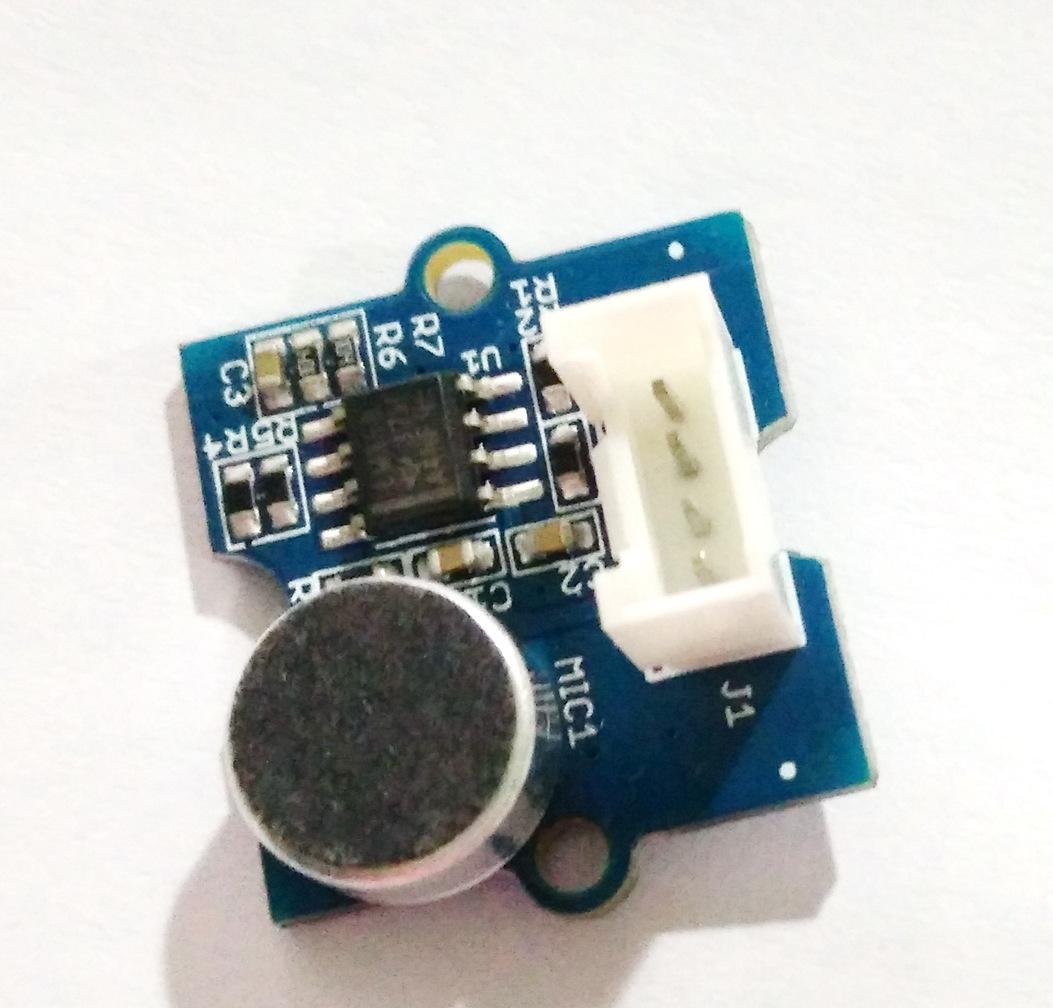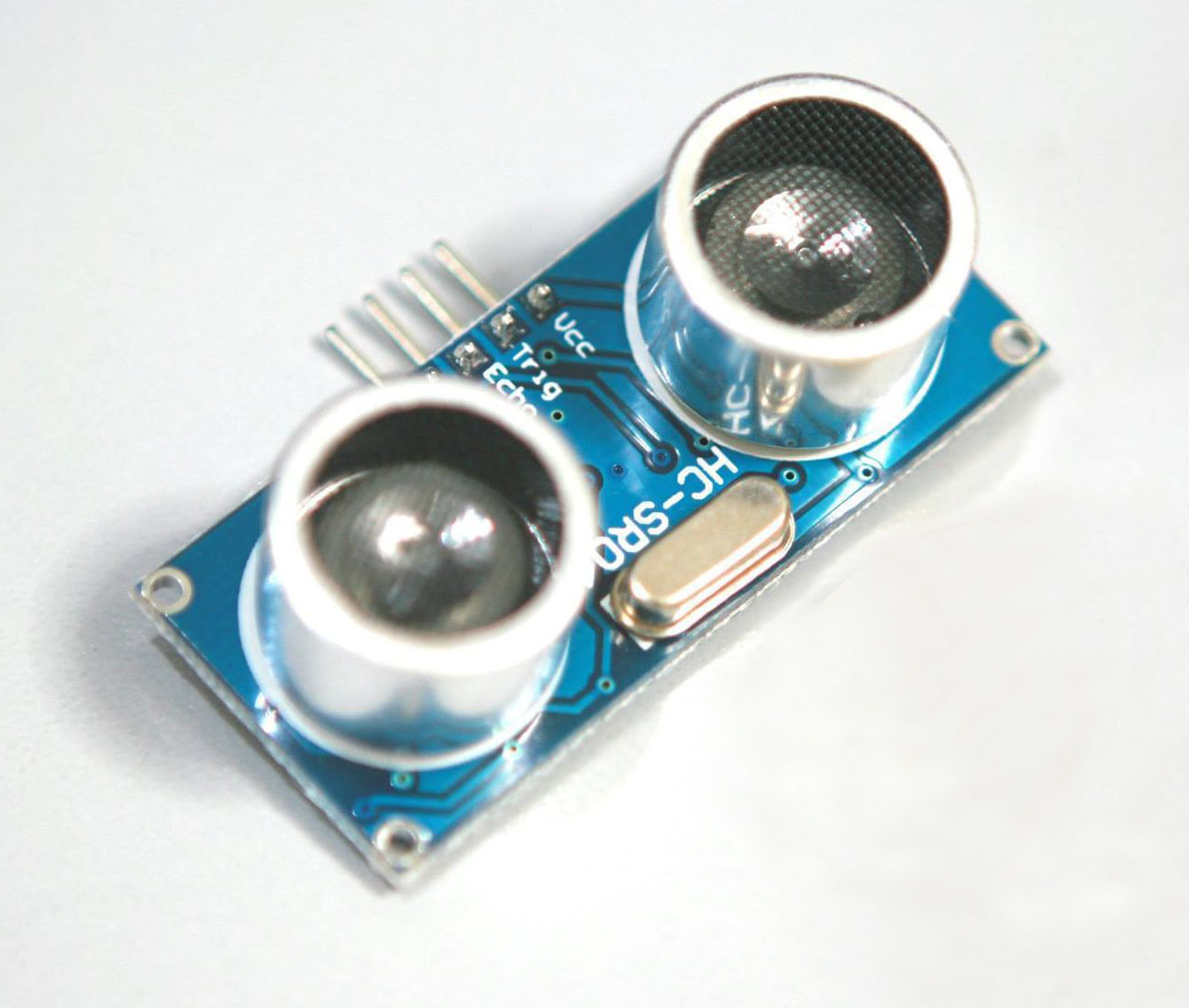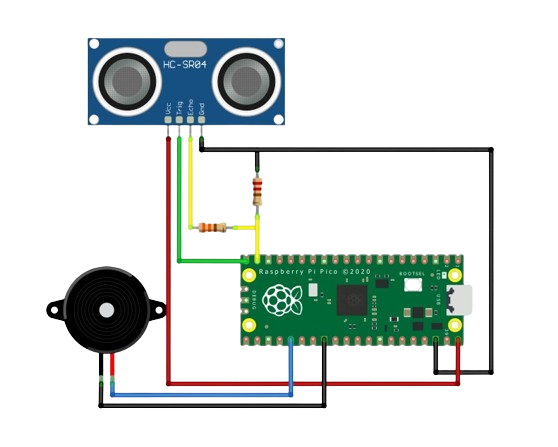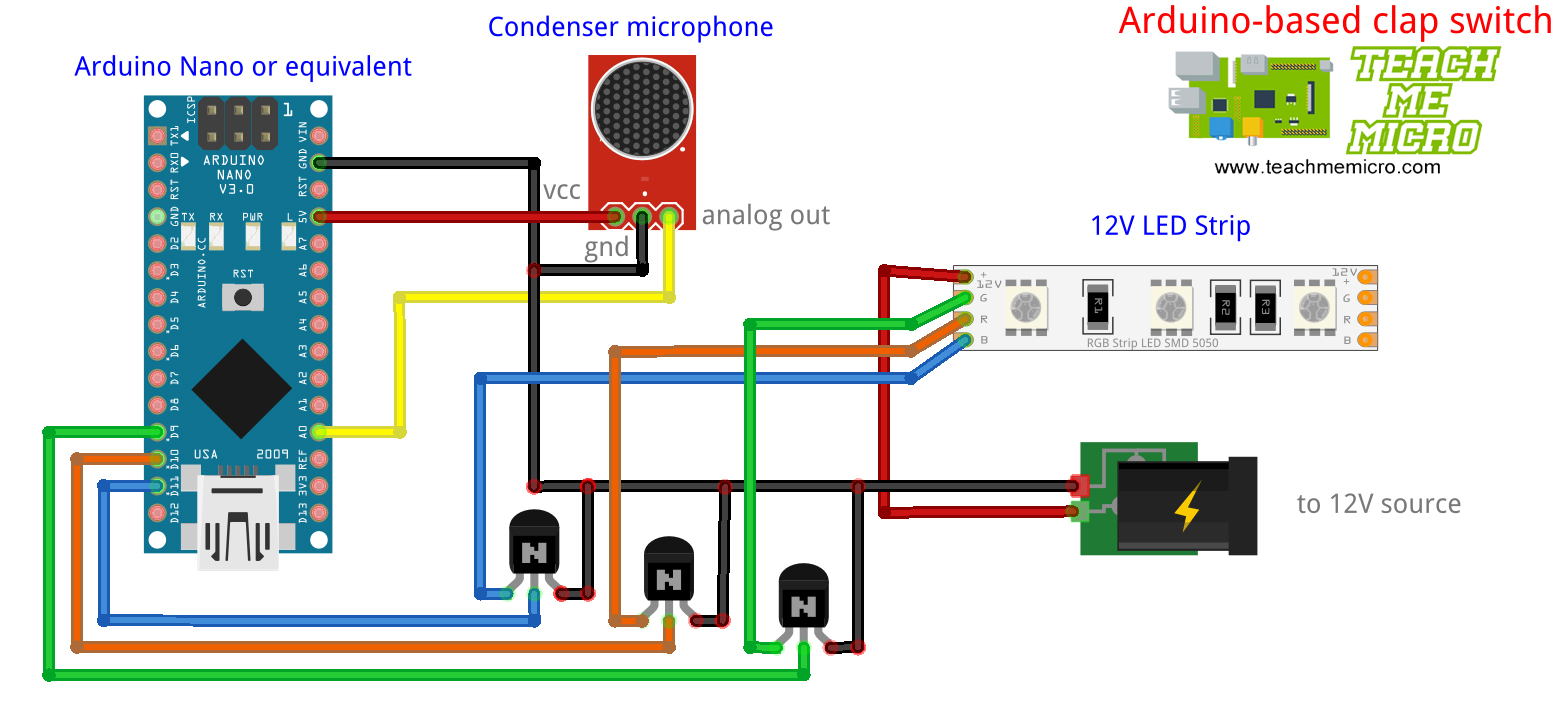Directional speakers distinguish themselves from conventional loudspeakers through their ability to project sound in specific directions with high precision and control. While conventional loudspeakers emit sound in a wide dispersion pattern, spreading the audio waves in all directions, directional speakers by companies like Focusonics employ various techniques to focus and steer sound waves towards targeted areas or listeners.
One common approach used in directional speakers is the use of highly focused, narrow sound beams. By employing advanced signal processing algorithms and acoustic design, these speakers can create a tight beam of sound that can be directed to a specific location. This beamforming technique allows the sound to be concentrated in a narrow area, while minimizing audio spillage to surrounding areas.
Another technique utilized by directional speakers is the manipulation of sound waves through the principle of interference. By generating multiple sound sources or employing an array of small speakers, these systems can create constructive and destructive interference patterns, effectively steering the sound in a particular direction. This enables precise control over the sound's trajectory, allowing it to be directed towards specific listeners or areas while minimizing sound leakage to unwanted locations.
Directional speakers offer several advantages over conventional loudspeakers. Firstly, they provide improved sound localization, allowing listeners to perceive audio coming from a specific source or direction with greater accuracy. This is particularly beneficial in applications such as virtual reality, gaming, and simulations, where creating a realistic and immersive audio environment is crucial.
Additionally, directional speakers offer enhanced privacy and personalization. By directing sound waves to specific individuals or zones, they can deliver personalized audio experiences without disturbing others nearby. This feature is particularly useful in public spaces like museums, galleries, or information booths, where multiple audio sources coexist in close proximity.
Lastly, directional speakers can help reduce acoustic reflections and improve sound clarity in challenging environments. By controlling the direction of sound propagation, these speakers can minimize audio reverberation and unwanted echoes, resulting in a cleaner and more intelligible sound reproduction.
Directional sound technology finds application in a wide range of fields and offers diverse use cases. Here are a few examples:
- Museums and Galleries: This application here utilizes directional sound systems to provide audio guidance or descriptions for exhibits without disturbing the overall ambiance. Visitors can listen to specific audio content by standing in designated zones, allowing for a personalized and immersive experience.
- Advertising and Digital Signage: Directional speakers can be employed in advertising displays to deliver targeted audio messages to individuals in specific areas. This enables advertisers to create interactive and engaging experiences, attracting attention and conveying information effectively.
- Gaming and Virtual Reality: Directional sound enhances the immersive experience in gaming and virtual reality environments. By accurately reproducing audio cues and spatial sound effects, players can locate and identify in-game events or enemies more accurately, improving gameplay and overall immersion.
- Home Theater Systems: Directional sound systems can recreate the cinema experience in the home by precisely directing sound to the viewer's seating area. This ensures a more focused and immersive audio experience, enhancing the enjoyment of movies, TV shows, and music.
- Simulation and Training: Directional sound is beneficial in training simulations, such as flight simulators or military training scenarios. By delivering realistic and localized audio cues, trainees can better understand and respond to simulated events, improving training effectiveness and realism.
- Public Spaces and Information Points: Directional sound can be used in public areas like airports, train stations, or information kiosks to provide localized audio information to individuals in specific zones. This allows for clear and efficient communication without causing noise pollution or confusion for others nearby.
- Assistive Listening Devices: Directional sound technology can assist individuals with hearing impairments by focusing audio directly on the listener. By reducing background noise and enhancing speech clarity, directional speakers improve the overall listening experience for those with hearing difficulties.
- Theatrical and Live Performances: Directional sound systems enable audio effects, dialogue, or musical performances to be directed precisely to specific areas or seating sections in theaters or concert venues. This ensures that the audience receives an optimal audio experience, regardless of their seating location.
In summary, directional speakers differentiate themselves from conventional loudspeakers by their ability to focus and steer sound waves in specific directions. Through the use of beamforming or interference techniques, these speakers provide improved sound localization, privacy, and clarity, making them a valuable technology in various applications where precise audio projection is desired.








